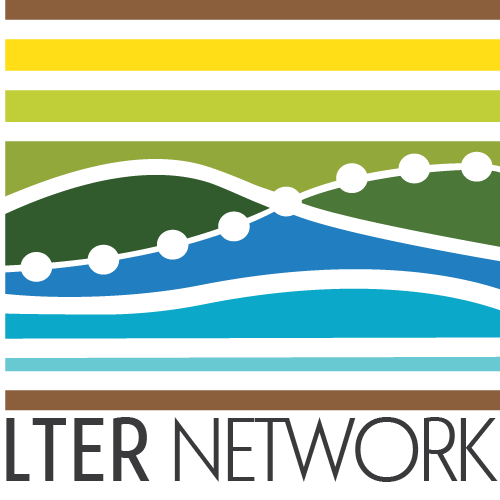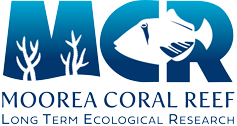Year:
2024
Authors:
Source:
Marine Ecology Progress Series
Abstract:
As coral reefs face accelerating threats at global scales, examining how different coral species respond to local disruption from top-down and bottom-up forces can inform management at local scales. This may provide additional time for reducing global stressors. We conducted a full factorial experiment examining the effects of corallivory, herbivory, and fertilizer addition on 2 corals: Acropora pulchra and Porites rus, the former of which is faster-growing but more susceptible to predation, disease, and heat-induced mortality. Fertilizer addition enhanced corallivory but did not affect net coral growth. Consumer exclusion enhanced the net growth of A. pulchra by 18.1 times regardless of fertilizer treatment, while the net growth of P. rus did not differ among caging and fertilizer treatments. A. pulchra was rarely overgrown by algae regardless of treatment, while herbivore exclusion and fertilizer enrichment produced opposing effects on overgrowth of P. rus. In uncaged treatments, fertilizer enrichment led to greater herbivory but also 1.8 times greater algal overgrowth of P. rus relative to unfertilized treatments. However, in caged treatments, algal overgrowth of P. rus was 1.9 times higher in unfertilized versus fertilized treatments. Our results suggest that interactions between corallivory, herbivory, and fertilizer enrichment can have alternative effects on different coral species, with a hardier coral experiencing more negative impacts of fertilizer enrichment than a more sensitive coral, which was, in turn, more strongly suppressed by predation. Local stressors that disrupt top-down and bottom-up processes may increase the vulnerability of even the most robust corals, and it is these corals that have been predicted to become more common under future ocean scenarios.
Volume:
750
Pages:
53-63
Publication Type:
Journal Article



